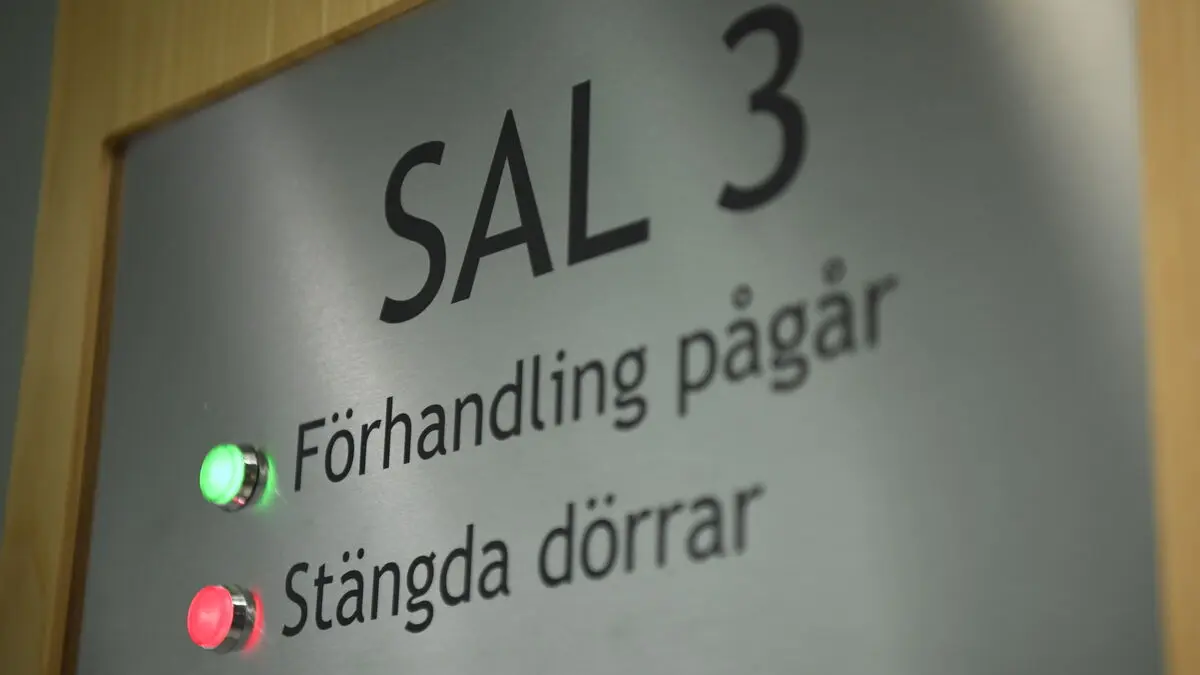In a village in Uganda that Dominique Hyde recently visited, refugees have outnumbered the permanent residents by five to six times. And with international aid cut off, they are receiving much less help.
Healthcare and schools have been cut. Less food is being distributed. Children are taking to the streets to find something to eat and are exposed to even worse things, says Hyde, who is head of the refugee agency UNHCR's external relations and gathers support for its efforts.
"I met a girl, 11 years old and pregnant. You're not supposed to be pregnant at 11. That means you're going to need a C-section, but there's no system for that," says Hyde, who fears the girl may not have survived.
More than eleven million people have been driven from their homes by the raging war in Sudan. Several million have left the country, many ending up in smoldering South Sudan, where a humanitarian crisis is already raging.
“Lived under a tarpaulin”
Many continue south to Uganda, which already hosts two million refugees. One goal there has been for refugees to be quickly integrated into society and able to contribute. But when the Sudanese war escalated and aid was cut off, many were left to fend for themselves.
We simply can't meet the needs anymore, says Dominique Hyde.
Hyde tells of a former UN colleague in South Darfur whose wife fled with the children and took the car to the Ugandan capital, Kampala. There she was initially able to rent an apartment and place the children in school, but no further help was available.
When I met her four months later, she was living under a tarp, says Hyde.
How sustainable is the situation for countries like Uganda and Chad?
That's the question. We see a lot of tension among governments in countries like Uganda, Chad and South Sudan. Those who have kept their borders open, but who no longer see the support that we have previously been able to provide both to refugees and to host populations who are often as poor as those crossing the border.
Growing tent camps
Many Sudanese crossing the border into South Sudan are sleeping rough for the first time in a long time, says Charlotte Hallqvist, spokesperson for UNHCR's Nordic office, who was there recently.
They are coming to growing tent camps, but where they will go from there is more unclear. Transport further inland has been prioritized. Some are turning back to war-torn Sudan. Some are heading north – more Sudanese are coming to Greece in boats.
And that's what happens when people don't get the emergency aid they need in the places they first flee to, says Hallqvist.
More than 11.7 million people have been displaced by the civil war in Sudan since it broke out in April 2023.
Of these, 7.2 million are refugees within the country. The rest have sought refuge in neighboring countries or even further afield. Some are already internally displaced persons or people who have fled to Sudan primarily from South Sudan, Eritrea and Ethiopia.
Here are the countries that have received the most refugees from Sudan, based on UNHCR statistics for individual refugees registered before October 19 of this year unless otherwise stated. Rounded to the nearest thousand.
Chad – 839,000
Egypt – 792,000 (September 30)
South Sudan – 402,000, plus 818,000 returning refugees
Uganda – 87,000
Libya – 67,000
Central African Republic – 36,000, plus 6,000 returnees
Ethiopia – 19,000, plus 21,000 returnees (October 12)





